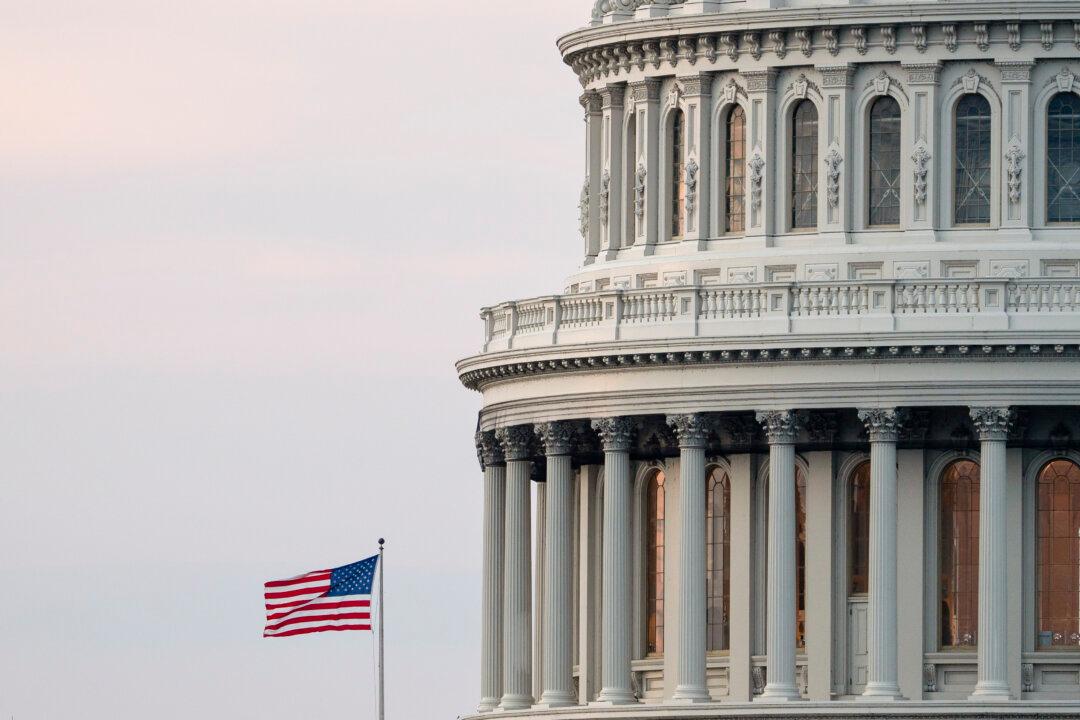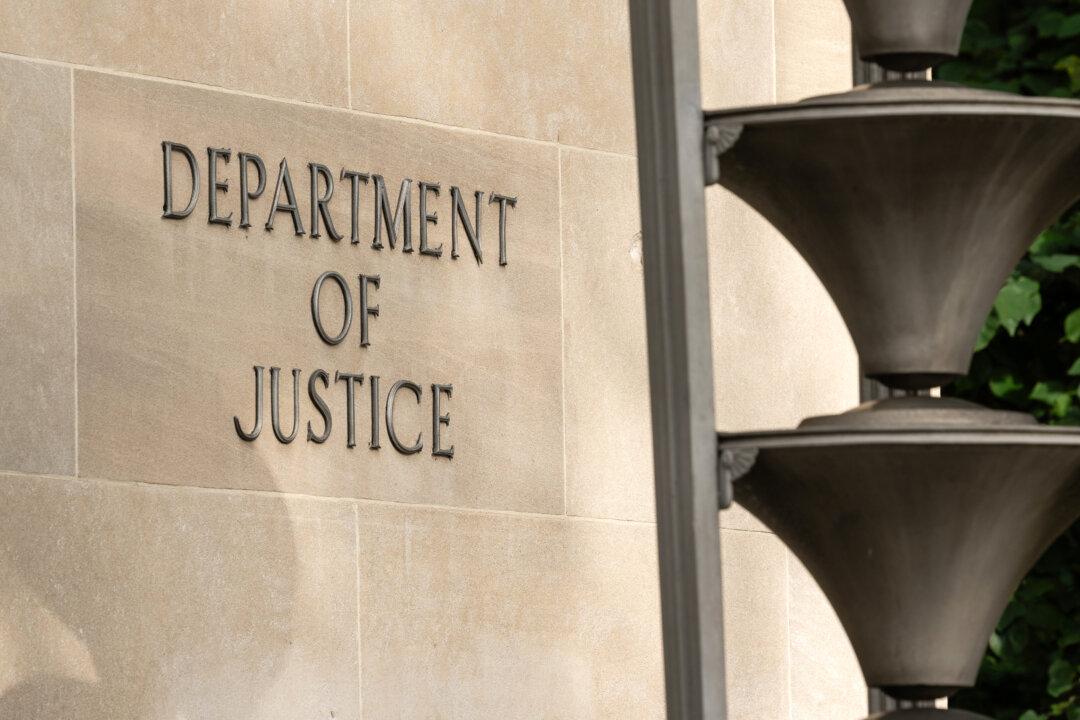2017 Tax Cuts Extended
The centerpiece of the legislation is its extension of the tax cuts initially included in the Tax Cuts and Jobs Act of 2017 during Trump’s first term in office.Child Tax Credit Boosted
The bill would boost the child tax credit from $2,000 to $2,200, and make the credit permanent.Taxes on Overtime, Car Loans, Tips Reduced
The bill would implement some of Trump’s core campaign promises on tax policy, reducing taxes on tips, overtime pay, and car loans.$6,000 Social Security Deduction for Seniors
Instead of Trump’s “no taxes on Social Security,” the bill would allow seniors to deduct $6,000 of their Social Security income, with that amount decreasing once income passes $75,000 for single filers or $150,000 for joint filers.Funding Immigration and Border Security
The legislation would dedicate $150 billion toward immigration enforcement in line with some of the core promises Trump made on the campaign trail.That includes nearly $30 billion for Immigration and Customs Enforcement, the agency largely responsible for carrying out Trump’s mass deportation operation, alongside $13.5 billion in grants for state and local governments who assist with the effort. The bill allocates $45 billion for the detention of illegal immigrants.
Another $46.5 billion is dedicated to the construction of a wall along the U.S.–Mexico border.
Defense
The bill would appropriate $157 billion toward defense, with $29 billion going toward enhancing U.S. maritime capabilities and shipbuilding, $25 billion slated for munitions, and $25 billion dedicated to the “Golden Dome“ missile defense project.Clean Energy Tax Credit Cuts
Several clean energy tax credits included in the Inflation Reduction Act are being cut, beginning as early as 2025.Medicaid and Rural Hospitals
The bill would seek to reduce Medicaid spending by imposing an 80-hour monthly work requirement for able-bodied adults to receive benefits.It also reduces the “provider tax”—the rate at which states tax hospitals and doctors to pay for their Medicaid programs—from 6 percent to 3.5 percent in states that expanded Medicaid under the Affordable Care Act. Ten states that didn’t expand their programs will see no changes.
To offset fears that these changes would harm rural hospitals, the bill allocates $50 billion to support such facilities.
SNAP Cuts
The bill would, for the first time, require states to contribute to the Supplemental Nutrition Assistance Program (SNAP), commonly known as food stamps. The amount would vary based on a state’s payment error rate, but would fall between 5 percent and 15 percent.However, Alaska and Hawaii can apply for a waiver from this provision if they are making a good-faith effort to reduce their error rates.
$5 Trillion Debt Ceiling Increase
The bill would increase the U.S. debt ceiling by $5 trillion. This provision is one of the most pressing items in the bill as the Treasury approaches a default sometime in the coming months.$40,000 SALT Cap
One of the most divisive issues in crafting the bill has been the state and local tax (SALT) deduction, which was capped at $10,000 in the Tax Cuts and Jobs Act of 2017. The Senate bill will increase that cap to $40,000 annually, increasing by 1 percent for five years instead of the 10 years initially sought by its supporters as a compromise. Beginning in 2030, the cap will return to $10,000.SALT allows tax payers to deduct a portion of their state and local taxes from their federal taxable income. The program is controversial with conservatives, who view it as favoring blue state taxpayers over those in comparably low-tax red states.
Education Policies Tweaked
The bill would make several tweaks to federal education policy.It would reduce Pell Grant eligibility for high-income students and students with a full ride. It proposes two federal student loan repayment plans, including one traditional repayment plan and one income-based repayment plan.
What Was Cut
The Senate’s nonpartisan referee, parliamentarian Elizabeth MacDonough, ruled that many provisions in earlier Senate committee drafts of the legislation were ineligible for passage under the filibuster-proof reconciliation process. Had they not been cut, Republicans would need 60 votes to pass the bill.Those provisions included one empowering states to enforce immigration law, multiple provisions related to the federal workforce, and a provision financially rewarding cost-cutting measures by government agencies.
Sen. Mike Lee’s (R-Utah) proposal to sell off federal lands, which caused a firestorm of controversy online, was also left out.
Another proposal to cut the $200 excise tax, and regulations on silencers and certain types of firearms, was also ruled ineligible for the reconciliation process.
MacDonough also rejected a pay cut for Federal Reserve employees and a repeal of programs authorized by the Biden-era Inflation Reduction Act, among other rulings that would have to pass through the chamber as regular bills.






